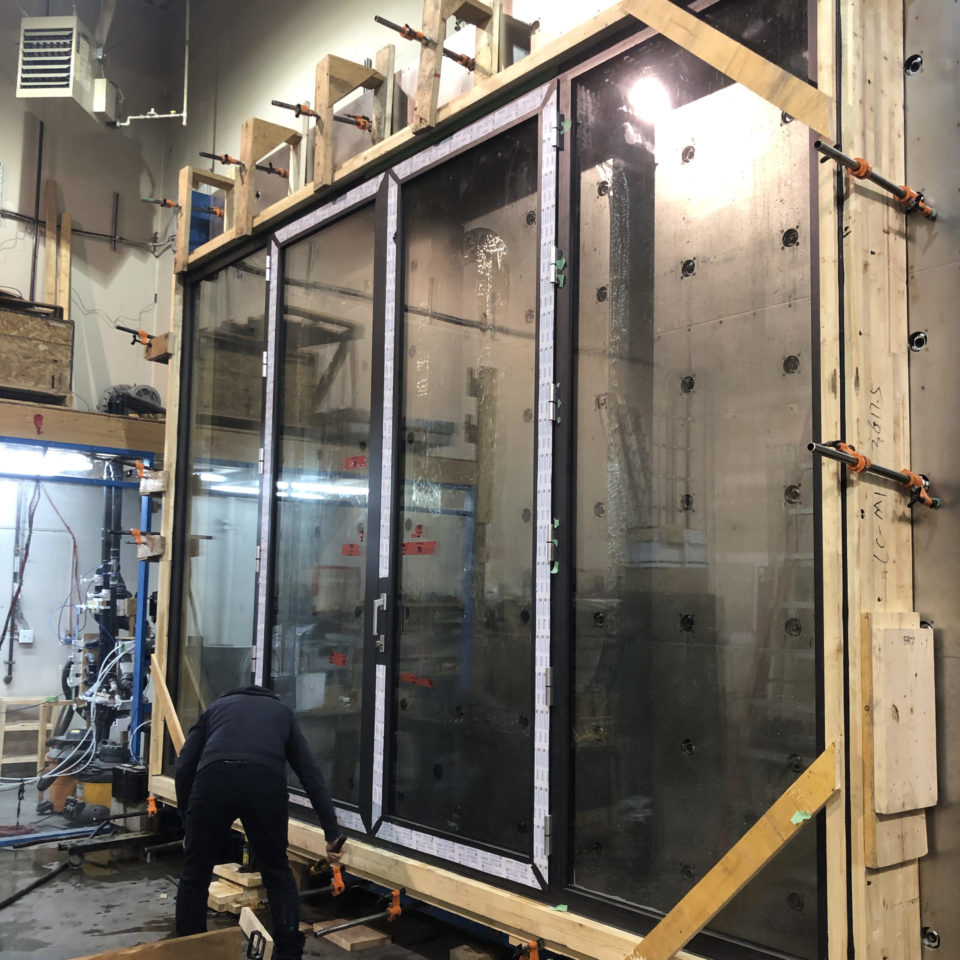Buyer Beware
All windows that are sold in Canada must comply with Canadian regulations. It is not only illegal to sell imported windows that do not meet these regulations, but it is equally as illegal to purchase these windows. A person who sells a house with windows that do not comply with these regulations may be sued by the new owners.
Thermally Efficient. Physically Fit.
We are CSA A440.2-19 and NAFS ready.
Our windows and doors have been evaluated following CSA A440.2-19 Fenestration Energy Performance by QAI Laboratories and shown to exceed the values required by provincial regulations. QAI is an independent third-party testing, inspection and certification organization which serves the building industry, government and individuals. Our windows and doors are certified by QAI for their energy performance to CSA A440.2, file listing number W575.
Our products have been evaluated to the stringent requirements of the North American Fenestration Standard (NAFS) and found to comply with requirements appropriate for use in British Columbia for most installations. Please see our list of products and specification for further details.


About NAFS
North American Fenestration Standard (NAFS), often referred to as a Harmonised Standard comes into effect for Windows and Doors installed from December 20th 2013 in British Columbia. Windows and doors must be tested and rated for conformance to NAFS and the Canadian Supplement to meet the 2012 BC Building Code for all new construction and renovations that require a permit.
NAFS is an improved method of classifying the type, class and performance of Windows and Doors over previous standards, greater product testing is needed to achieve these standards so all manufactures are required to re-test their products to show they comply. Unlike past standards NAFS does not have a single minimum rating but is tied to geographic location and conditions, it also provides a standardised methodology for rating the entire mulled assembly with the overall performance only being as high as the weakest part of the assembly. NAFS levels the playing field when comparing products forcing everyone up to meet the same standards. The classifications are Performance Class, Performance Grade and Gateway Performance.
Performance Class
There are four Performance Classes:
R: Light duty, commonly used in single-family dwellings. (Part 9 Buildings) – Minimum requirement.
LC: Medium duty, commonly used in low-rise and mid-rise multifamily dwellings. (Part 9 Buildings)
CW: Heavy duty, commonly used in low to mid-rise multifamily dwellings where limits on deflections are imposed and tougher environmental constraints exist. (Part 9 Buildings)
AW: Severe duty, used in high-rises or when extreme use of fenestration is expected. (Part 5 Buildings)
Performance Grade
The Performance Grade is a single numeric designation based on Design Pressure (DP) but representing a number of performance attributes:
- Uniform load tests (DP)
- Air and Water penetration resistance
- Operability
- Forced Entry
- Fabrication Quality
- Stiffness and stress tests
- Hardware load tests
- Other tests, such as durability and life-cycle test
The Performance Grade is determined by geographic location, building height, terrain conditions and serviceability. The following link will help you determine your Performance Grade needs:
http://qai.org/
Gateway Requirements
Each Performance Class (R, LC, CW and AW) has a defined “gateway” set of requirements, these are the minimum test sizes and pressures that each product must meet to qualify for a Performance Class.
Labeling
For every window, door or combination that has been tested to meet NAFS, the manufacturer must affix one temporary NAFS label showing the class and size of window tested and the rating for the lowest rated window in the combination. In addition a permanent label identifying compliance to the NAFS code needs to be applied to the window or door.
NAFS and the Canadian Supplement
The Canadian Supplement for NAFS includes testing methods and performance requirements that are specific to Canada. These include differences in air leakage testing, water penetration resistance, operating force testing and labelling requirements. Air leakage testing and water penetration resistance are two important differences that significantly improve performance requirements for windows and doors.
Air Leakage Testing
In the Canadian Supplement, air leakage testing is required for both air infiltration and air exfiltration (in the US, only air infiltration testing is required).
Water Penetration Resistance
In the Canadian Supplement, water test pressure is separated from design pressure, which allows manufacturers to test for higher water pressures.
NAFS and Installation Standards
In this version of NAFS, there are no installation standards. However, NAFS does state that the installation of windows and doors requires an interface tie to the air barrier and that the windows and doors be installed as per the manufacturer’s instructions.
In BC, the 2012 BC Building Code dictates the required installation of windows and doors. Always check your Provincial building code to know local installation requirements.
To receive a copy of our installation instructions, please contact us.